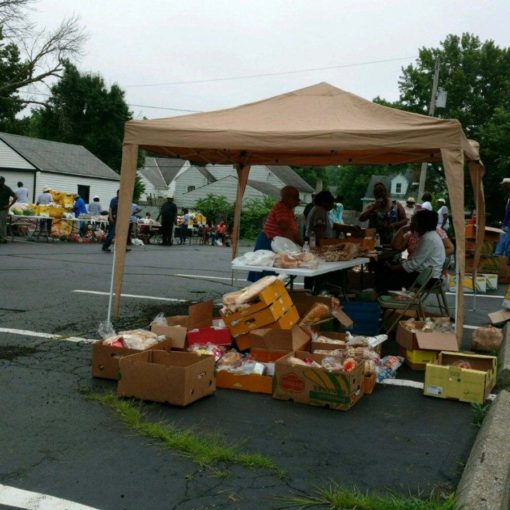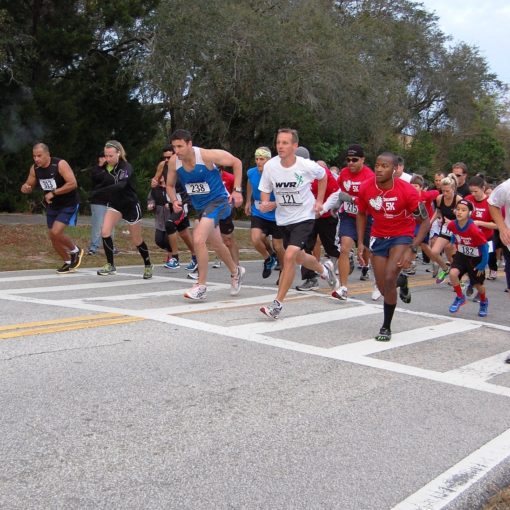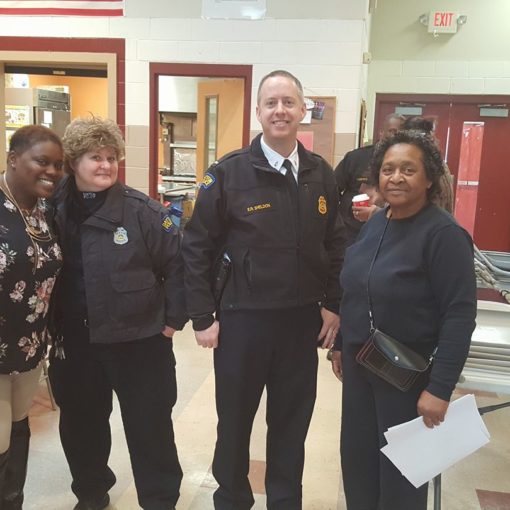Have you ever read Henry David Thoreau’s essay on civil disobedience? Many people regard this a classic. First published 170 years ago, one of its main themes is character and community. The character of a community doesn’t come from law, it comes from people sharing the neighborly interests of safety, security, and the human need to live peaceably together. Almost 200 years later, Thoreau treatise on U.S. Slavery and The Mexican-American War (1846 to 1848) is worth reconsidering.

On this last day of Black History Month, we return to Dr. Martin Luther King’s “Letter from Birmingham Jail”. This letter advocated concentrated, thoughtful, peaceful action for political change while avoiding violence at all costs. King, even more than Thoreau, demanded critical evaluation of the government’s treatment of marginalized minorities. Critical evaluation mandates an Appreciative Inquiry framework for successful self-determined, society building outcomes.
If Appreciative Inquiry actually does have faith in the stories people tell about what is working in their lives and communities then we must think about the role of the community center. Community centers are some of the half-full glasses. Community centers are the knitting looms where the self and social fabrics of civil life weave together.
As prophetic as Civil Disobedience and Letter from Birmingham Jail are so is the work by E. Klineberg, “Palaces for the People: How Social Infrastructure Can Help Fight Inequality, Polarization, and the Decline of Civic Life (2018)”. Communities are based on shared spaces. These are the spaces where relationships form, where people gather and hangout, where we make friends across group lines to share our stories because we share the same neighborhood.
When this dynamic of civil life is strong, neighborhoods flourish. When neglected, families and individuals on are on their own fending for themselves, don’t need a government.




